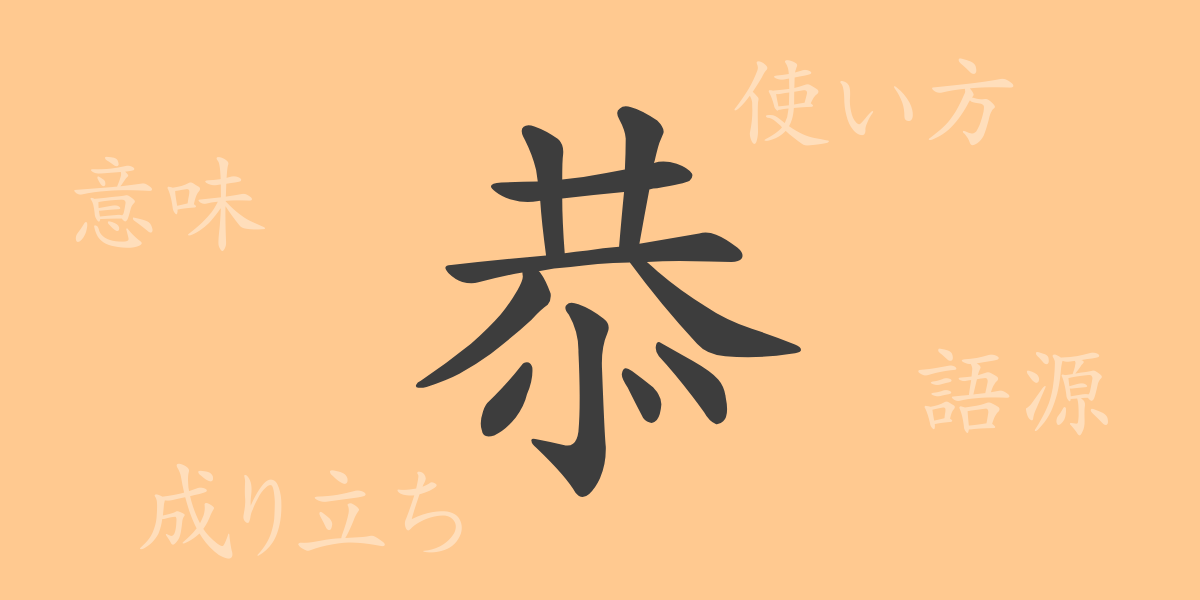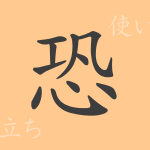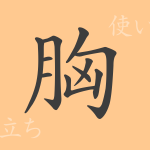The richness of Japanese culture is intricately tied to its use of kanji, the Chinese characters. Among these, “恭(きょう)” stands out as an essential character representing politeness and respect. This article delves into the origins, meanings, usage, and idiomatic expressions of “恭(きょう)” to uncover its full allure.
Origin of 恭(きょう)
The kanji “恭(きょう)” originates from ancient Chinese pictographs. Initially derived from the phono-semantic compound “共(きょう),” it depicted hands supporting something, symbolizing a respectful and humble heart. Over time, this evolved into the adjective “恭(うやうや)しい,” meaning respectful or reverent.
Meaning and Usage of 恭(きょう)
“恭(きょう)” signifies humility and politeness. It is used to express respect towards others and to demonstrate a humble attitude. Additionally, it can convey reverence towards deities. This kanji embodies a crucial value in Japanese society, facilitating smooth interpersonal relationships.
Reading, Stroke Count, and Radical of 恭(きょう)
Understanding the readings and structure of the kanji “恭(きょう)” is essential.
- Readings: The on’yomi (Chinese reading) is “キョウ” and the kun’yomi (Japanese reading) is “うやうやしい.”
- Stroke Count: “恭(きょう)” consists of 10 strokes.
- Radical: The radical is “心(こころ)” (heart), or its variant form “忄,” indicating its relation to emotions and mental states.
Idiomatic Expressions and Proverbs Using 恭(きょう)
Expressions and proverbs containing “恭(きょう)” are prevalent in Japanese, each with unique meanings and usage.
- 恭順(きょうじゅん): Obedience to others or superiors; signifies a sincere and submissive attitude.
- 恭敬(きょうけい): Respect; signifies showing heartfelt respect.
- 恭謙(きょうけん): Humble and polite; denotes a posture of lowering oneself and respecting others.
- 恭しい(うやうやしい): Very humble and polite; commonly used in the kun’yomi reading.
Conclusion on 恭(きょう)
The common kanji “恭(きょう)” has been cherished in Japanese language for its representation of respect. In a culture that highly values etiquette, the meanings embedded in “恭(きょう)” continue to resonate deeply. From business settings to everyday conversations, the spirit of “恭(きょう)” is woven into the fabric of Japanese life. Understanding and appropriately using this kanji can enhance communication and deepen cultural appreciation.

























